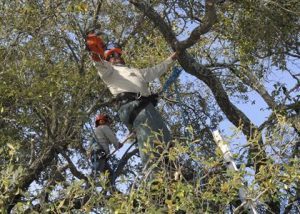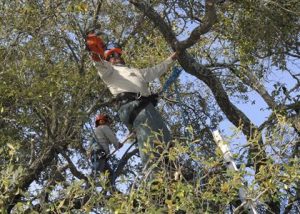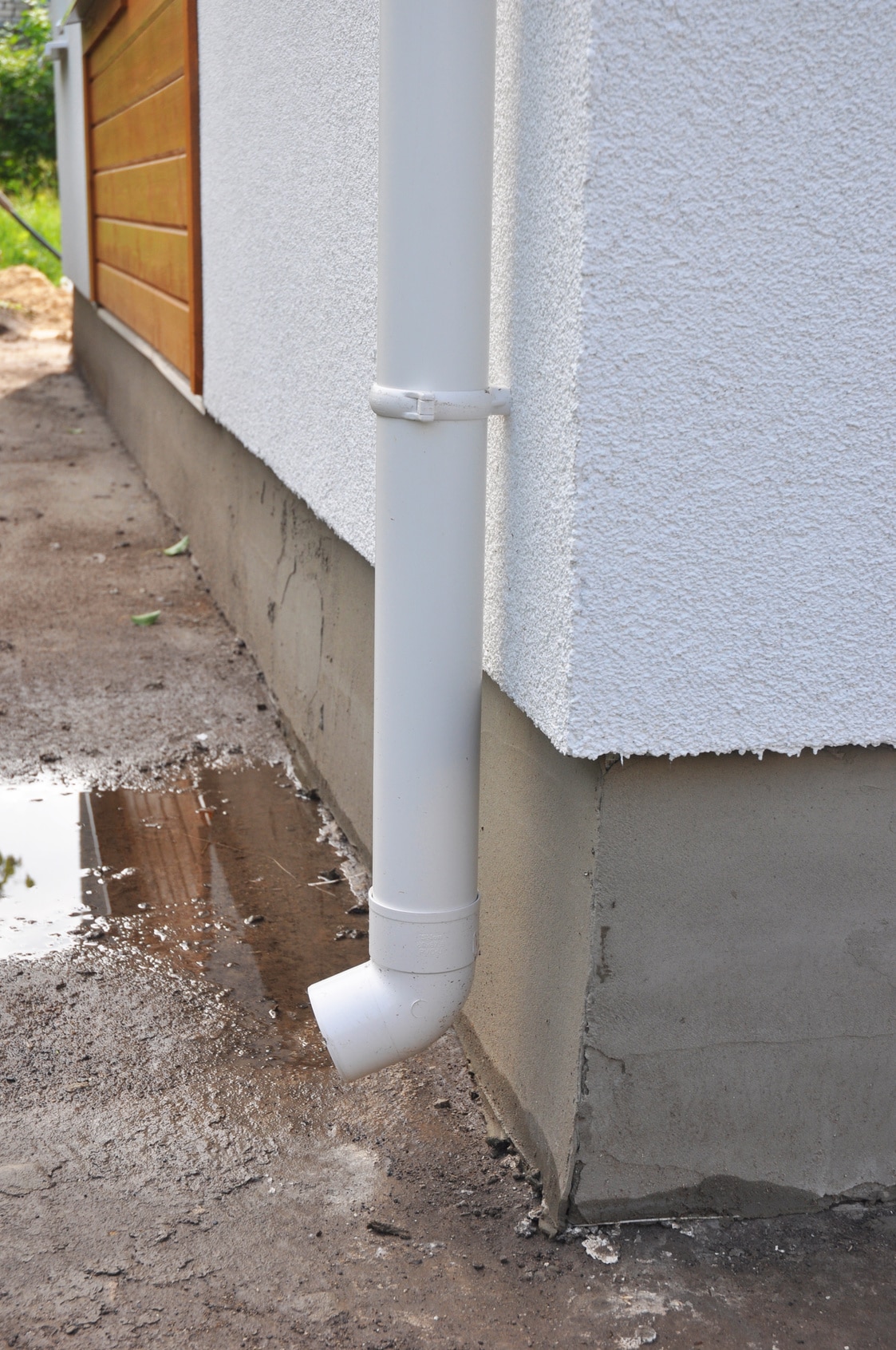When to Call an Arborist for a Tree Assessment
The staff of Hendricksen Tree Care hears this question all the time, “Can you tell me what’s wrong with my tree over the phone?” ISA Certified Arborists can most likely narrow down the problem with your tree, but it is difficult to give an actual diagnosis on the phone. Similar to a doctor’s visit, it is best to assess the tree in person to positively identify any issues. An in-person assessment allows arborists to effectively evaluate the condition of your trees and come up with a diagnosis, as well as a solutionA solution is a homogeneous mixture of two or more substance... More to help maintain the good health of your trees.
When to Get a Tree Assessment

In order to effectively assess a tree, it should be looked at twice a year; once in the winter months and once in the summer months
In order to effectively assess a tree, it should be looked at twice a year; once in the winter months and once in the summer months. During the winter, arborists can identify weak branch structureStructure refers to the framework or components of a buildin... More, cavities from animals, and potential decay because they are not masked by the summer leaves. During the summer, arborists can look at the color of the tree’s leaves and twig development. Neglecting to have your trees properly assessed can allow small problems to turn into serious issues that will affect the health of your trees.
Why You Should Get a Tree Assessment
The average homeowner cannot spot potential problems with their trees like a trained and certified arborist. An arborist can spot problems with insects, diseases, and general damage that will cause the condition of the tree to become worse, possibly leading to a collapse. A falling tree on your property is extremely dangerous because it can result in major property damage as well as serious injury or death. The following are the top reasons to have your trees assessed twice per year:
- Safety: A falling tree, or even a tree branch, is a serious hazard on your property. Annual tree assessments will help identify issues that can cause a tree or tree branch to collapse, greatly reducing the risk.
- Tree Health: The effects of diseases and harmful insects can be easily missed by someone who is not trained to look for them. Professional arborists can quickly identify the signs of an infestation or disease and immediately administer the proper treatment.
- Tree Aesthetics: Suggested treatments for insect infestations and diseases, fertilization, and pruning based on tree assessments help to improve the appearance of the tree.
What Does a Tree Assessment Include?
When a professional arborist conducts a tree assessment, they are generally looking for the following issues:
- Cracks: Cracks in the tree are a common issue that arborists look for. Major cracks can separate the bark, softwood, and heartwood, weakening the structural integrity of the tree and making it vulnerable to disease, decay, and insects.
- Problems with Root Plate: Softening or degradation of the root plate can leadLead is a heavy metal that can be toxic to humans, especiall... More to a disconnection with the lateral root system, causing the tree to become unstable. Common causes of root plate issues include root disease, deep planting, and mower blight.
- Girdling Roots: Sometimes the tree roots will wrap around the trunk and start competing with the tree trunk for water and nutrients. The trunk and the roots will expand into each other and eventually cause problems for the tree.
- Leaning: If the tree roots lose their attachment to the soil; the tree can start to lean. If the lean continues to get worse each season, then the tree will need to be removed.
- Decay: Decay occurs when an infectionInfection is the invasion and multiplication of harmful micr... More causes the inner heartwood tissues to soften.
- Co-dominant Leaders: If there are two equally prevailing terminal stems, one must be removed or they will compete with each other and leadLead is a heavy metal that can be toxic to humans, especiall... More to the failure of one of them.
- Growing Conditions: It is very important for trees to have the proper growing conditions to prevent defects with the tree or root system.
- Insects and Disease: Invasive insects and tree diseases leave signs that are difficult for homeowners to notice, but an arborist will notice the signs right away. Catching these problems early will help prevent serious damage to the tree.
- Non-defects: Sometimes homeowners may be concerned by non-defects, such as yellowingYellowing is the discoloration of materials, such as paper, ... More needles, loss of foliage, and peeling bark. Depending on the type of tree, these occurrences may be natural and nothing to worry about.

The average homeowner cannot spot potential problems with their trees like a trained and certified arborist.
Call a Professional Tree Service Provider
While it is recommended to have your trees assessed once each summer and once each winter, professional tree service providers are available 52 weeks a year to provide assessments and consultations. Make sure you contact a professional arborist if you believe there may be something wrong with your trees or shrubs. They will thoroughly assess the problem and come up with a solutionA solution is a homogeneous mixture of two or more substance... More to restore the health and integrity of your trees. Being proactive with your tree assessments will not only preserve your trees, but also save you money by preventing property damage and the need for tree removal.











